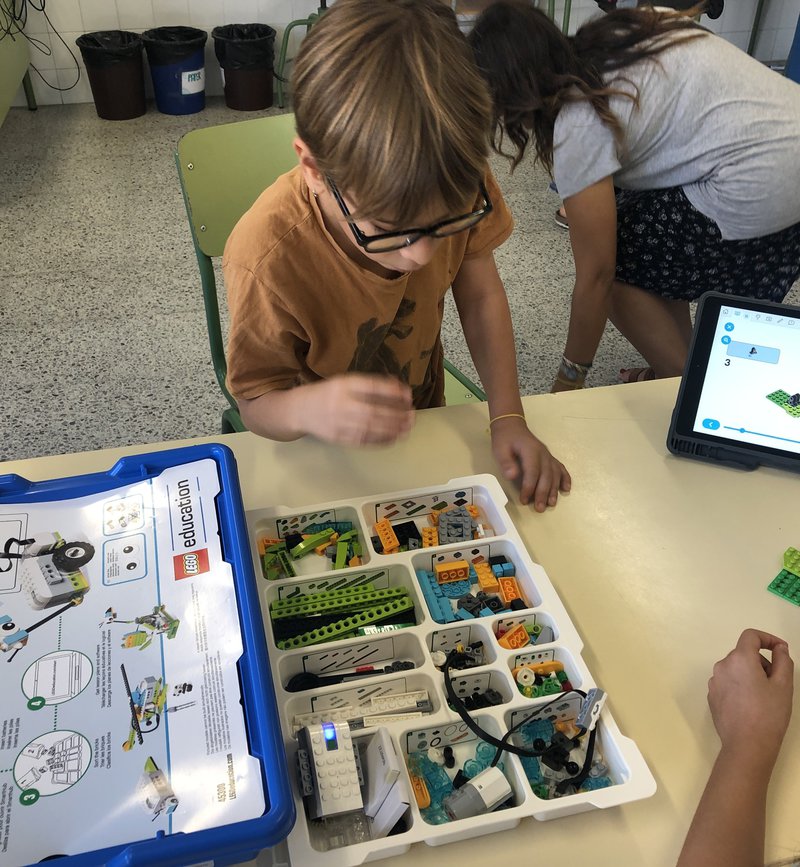Technology in the classroom
The government’s STEMcat programme aims to promote science, technology, engineering and mathematics by providing material, resources and teacher training
Pupils in the Montseny school near Barcelona’s Parc Güell once a week leave their classrooms to do activities in one of the city’s green areas. One week they might find themselves experimenting with building an ant colony, while another might see them reading to birdsong. “We are a school of nature,” says the head of studies, Mercè Barnés.
It is also a school committed to science and technology, and it freely uses robotics to study the movement of the ants, or sensors to measure the temperature inside the ant colony. Technology is also used in the classroom, in workshops like one recently in which pupils built small robots with Lego blocks to experiment with hot water and learn about condensation.
The Montseny school is part of the STEMcat programme, a government project aiming to promote science, technology, engineering and mathematics. “We joined STEMcat to integrate science and technology into our nature project,” adds the head of studies. The Montseny board considers understanding how artificial intelligence works as important as teaching the children about the responsible use of social media and knowing how to critically select information.
The trips outside the classroom combine the use of different tools, such as Scratch, Lego WeDo and BeBots, in activities that the pupils recently showed off during the Science Congress, and in the city council’s Petits Talents Científics programme.
Last month, the Montseny school was chosen by the education and the digital policy departments to present the government’s STEMcat project. Although the project first began in 2017, this year a new plan for the project was approved aimed at promoting the subjects of science, technology, engineering and mathematics, or STEM as the group of disciplines are known.
With a number of schools already signed up to the project, STEMcat comes out of the government’s belief that the technology sector provides excellent job opportunities but is failing to awaken enough interest in children at school. According to education department figures, only 24% of pupils with a low socio-cultural level choose to study a STEM subject, a figure that drops to 20% among girls. It is a situation that the government wants to reverse, and so it has set the objectives of raising the number of pupils who study STEM subjects, improving the general level of skills in these subjects, improving coordination between the education system and companies in the sector, and fostering the social values of science, technology and maths.
To do that, schools need teachers with the necessary skills, and so the authorities have also created a specific training programme for teachers, while providing support to schools that join. So far, 50 schools are participating, with a new opportunity for more to sign up in March next year.
Schools in the programme will be given materials and resources to help raise the skill levels of pupils, as well as a modified evaluation system to better test their STEM knowledge. The plan also foresees setting up coordination between the authorities, universities and the business world, and the creation of mentoring programmes.
technology

